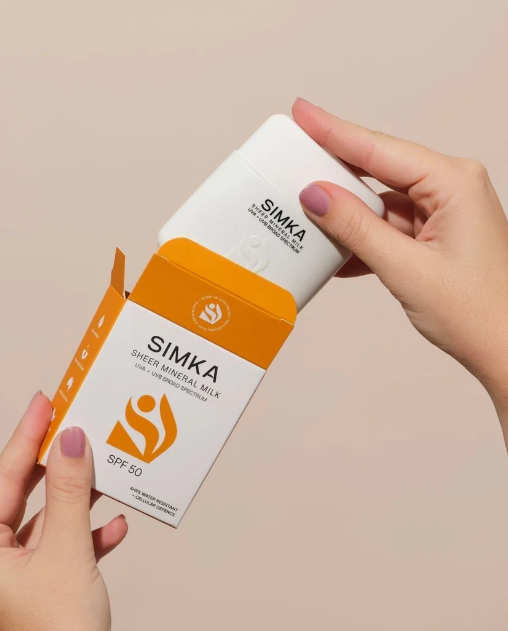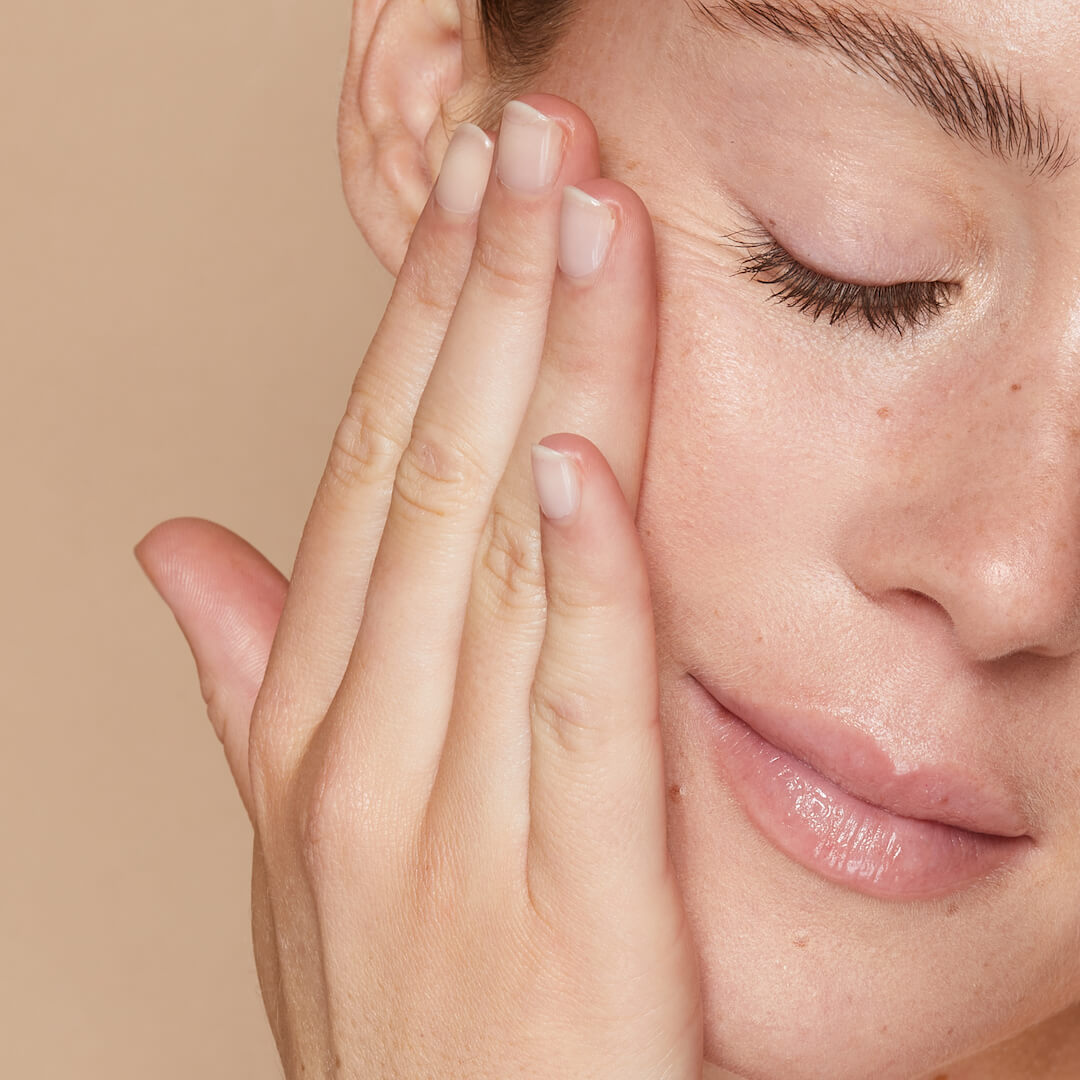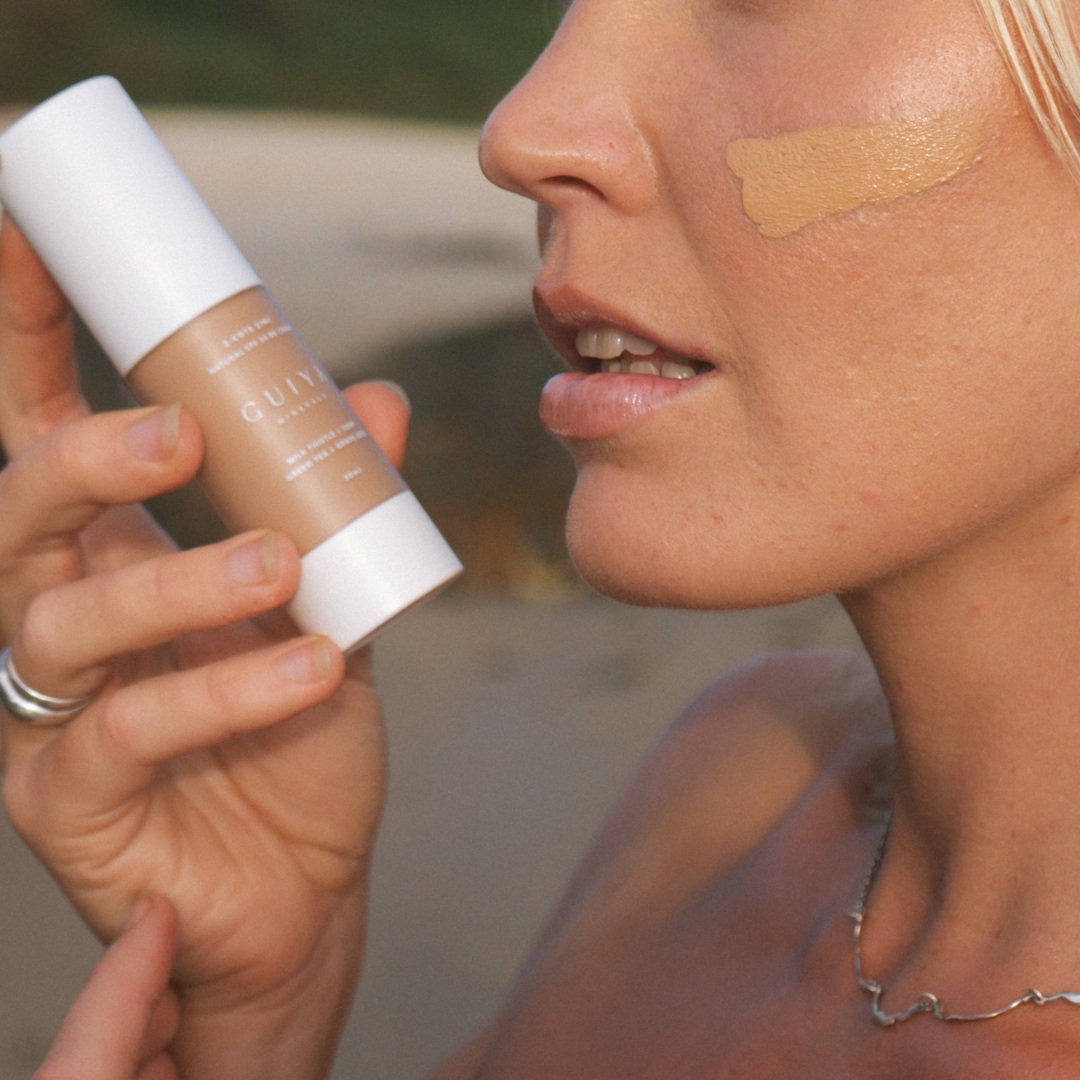Article: SPF You Can Trust: Approved, Safe & True to Label

SPF You Can Trust: Approved, Safe & True to Label
The recent withdrawal of several sunscreens from the Australian market has placed SPF testing under the spotlight. Headlines questioning whether labelled protection levels can be trusted have understandably unsettled consumers and the wider skincare industry. These findings and controversy have highlighted the importance of not just meeting regulatory requirements but exceeding them where possible.
The Regulatory Baseline
In Australia, sunscreens are regulated by the Therapeutic Goods Administration (TGA). Before a product can be sold, it must undergo validated testing to confirm that the protection claimed on the label is accurate.
The foundation of these requirements is in-vivo testing, where sunscreen is applied to human skin and the level of erythema (redness) after UV exposure is measured. While this provides valuable real-world data, in-vivo testing has well-recognised limitations:
-
Skin variation: People respond differently to UV exposure, which creates variability in results.
-
Subjectivity: Erythema is assessed visually, introducing scope for differences between assessors.
-
Consistency: Identical formulations may return different SPF values across labs or repeated trials.
The TGA framework sets a strong baseline, but these limitations explain why recent scrutiny has raised broader questions about the reproducibility of SPF testing.
SIMKA’s Approach: Going Beyond Compliance
At SIMKA, we comply fully with TGA requirements - and deliberately extend beyond them. Our testing protocol for SIMKA primary sunscreens includes:
-
In-vivo (on-skin) testing conducted to TGA requirements, ensuring every sunscreen passes the regulatory standard for SPF protection.
-
In-vitro testing conducted in accredited Australian laboratories, which provides an additional, reproducible layer of validation.
What In-Vitro Testing Means
In-vitro SPF testing takes place in a controlled laboratory setting rather than on human skin. The sunscreen is applied to a standardised substrate designed to replicate key properties of skin. A spectrophotometer then measures how much ultraviolet radiation passes through the film of sunscreen.
The advantages of this method are clear:
-
Objective results: Measurements are instrument-based, reducing the subjectivity of visual scoring.
-
Reproducibility: Results can be replicated consistently across different laboratories.
By combining in-vitro analysis with in-vivo testing, we generate data that is both reproducible under laboratory conditions and relevant to real-world use. This dual validation provides a stronger foundation for the SPF protection values stated on our labels.
Ongoing Batch Testing
While TGA requirements focus on validation prior to product registration, we add an additional safeguard. Each year, for every batch still in circulation, we carry out follow-up testing. This ensures our sunscreens maintain their labelled SPF efficacy throughout their shelf life, not just at launch.
Our Commitment
The recent sunscreen controversy has shown how fragile consumer trust can be, when this trust has been broken or challenged. Meeting the TGA baseline is essential - but we believe it is not enough. By combining in-vivo and in-vitro testing and conducting ongoing batch surveillance, we ensure SIMKA sunscreens are not only compliant at launch but consistently reliable throughout their lifecycle. Rest assured that SIMKA SPFs are not affected by recent recalls.
It is also worth noting that SPF 15 (and below) sunscreens are regulated differently by the TGA and are not required to undergo the same level of testing as higher-SPF products. At SIMKA, however, we choose to also conduct in-vivo testing on our SPF 15 formulations. This ensures that every sunscreen in our range - regardless of SPF level is validated, going above and beyond to deliver what we promise.





